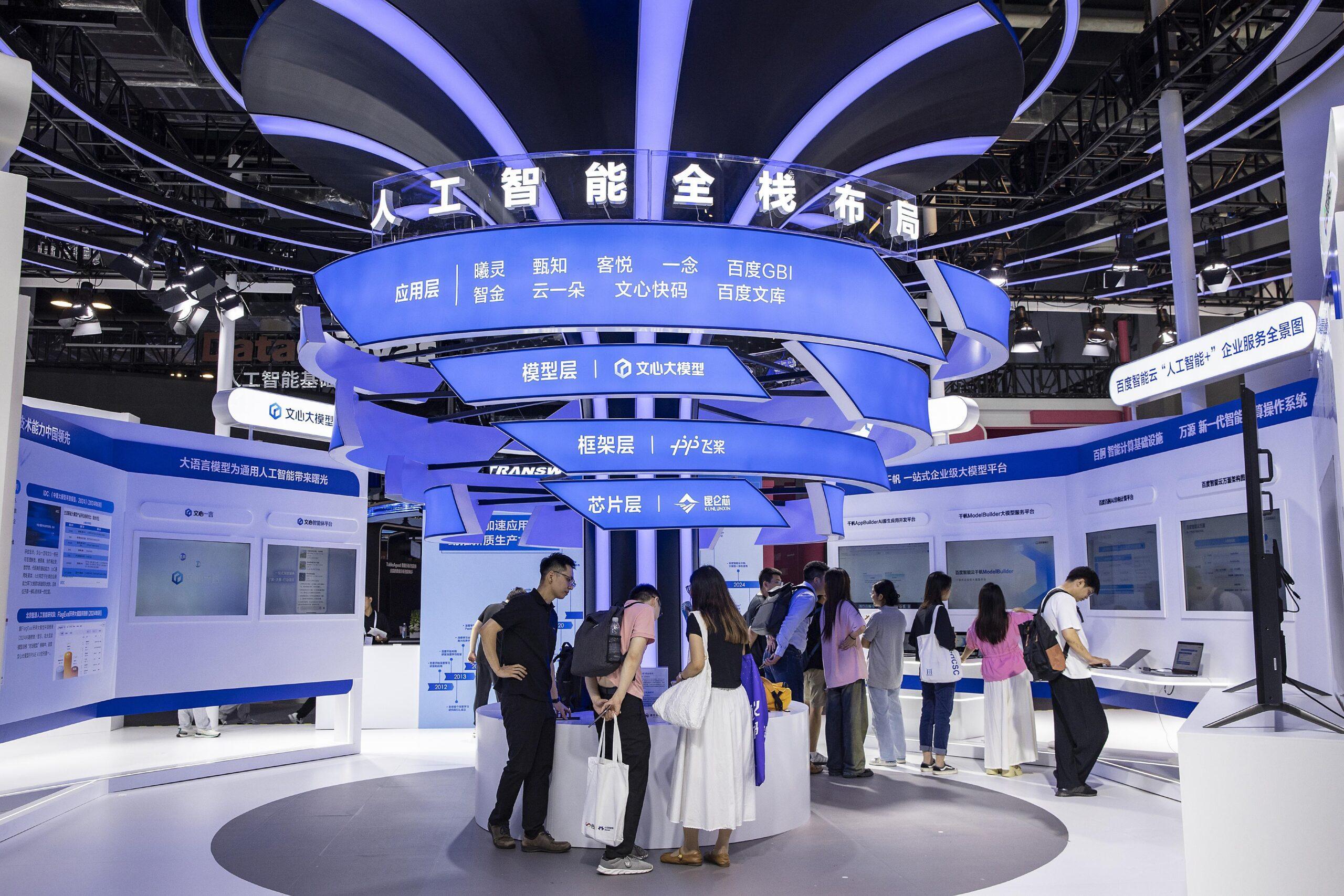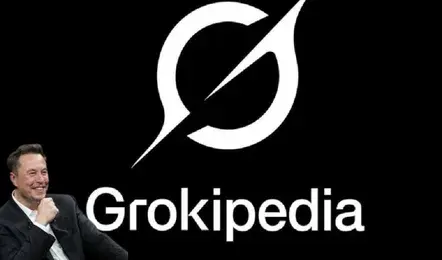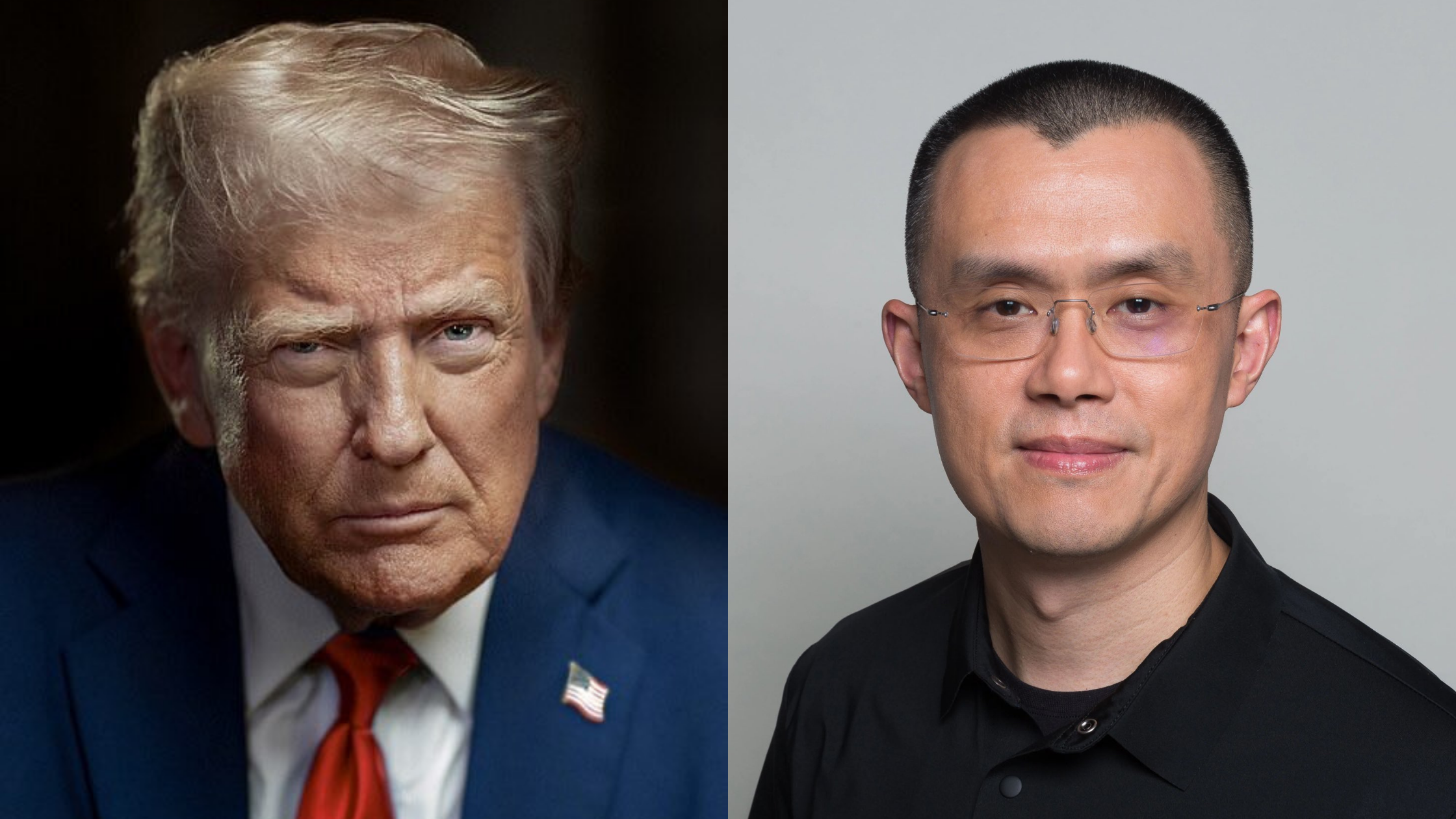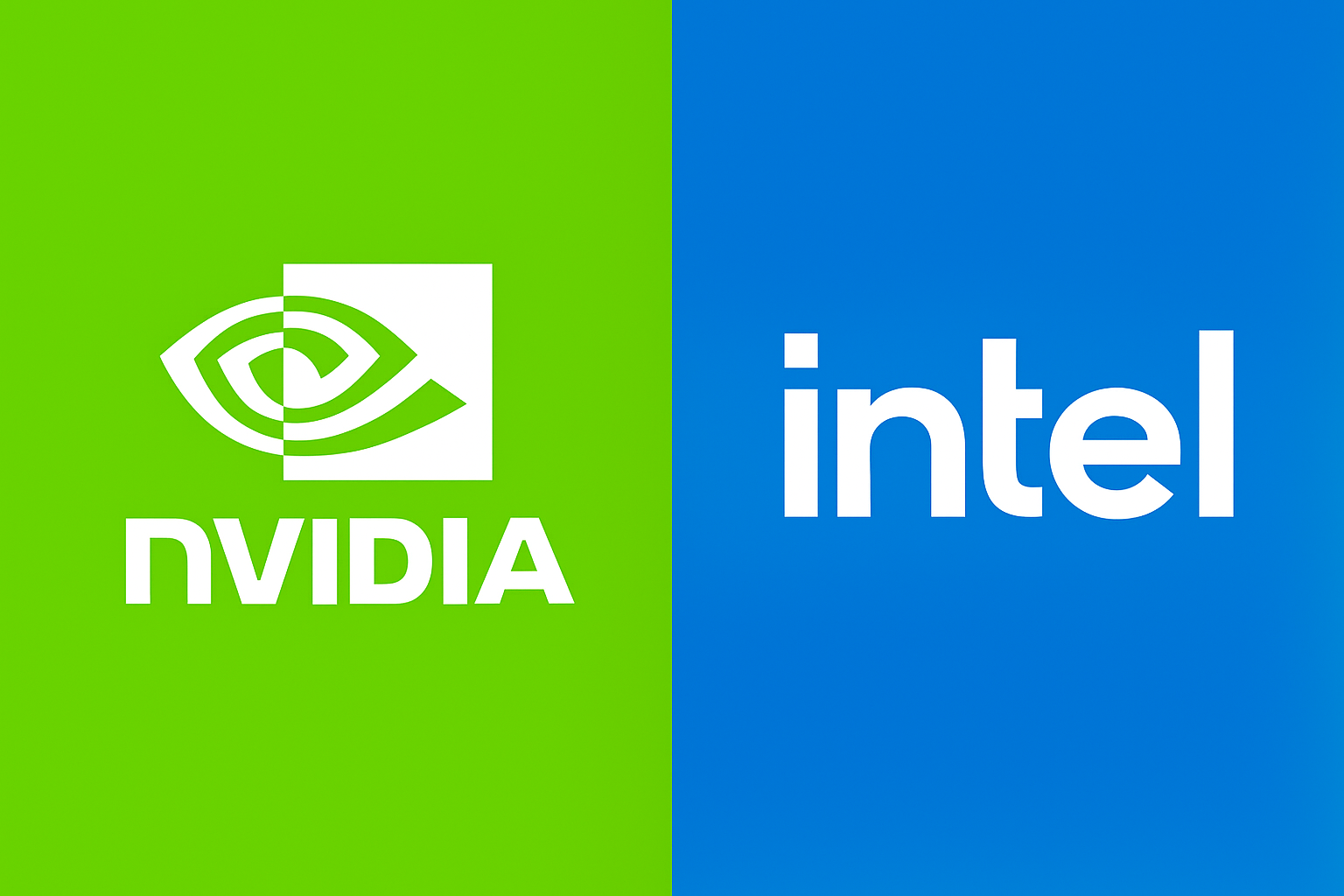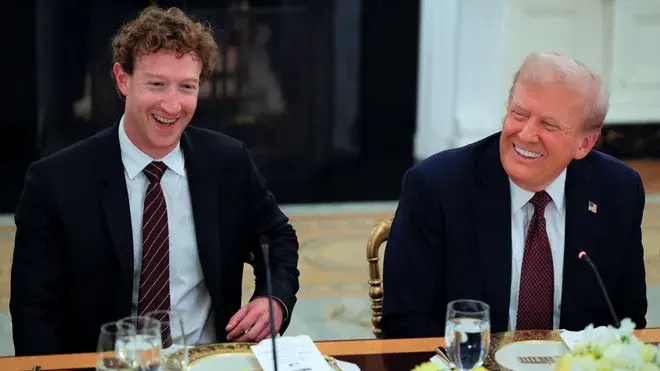In a major geopolitical move at the 2025 World AI Conference in Shanghai, Chinese Premier Li Qiang unveiled a proposal to establish a new international AI cooperation body. The initiative, he said, would promote inclusive global governance of artificial intelligence and ensure developing nations are not left behind.
“Artificial intelligence should not become an exclusive game played by a few powerful nations,” Premier Li stated. “It is a common good that belongs to humanity and must be governed collectively.”
This announcement is widely seen as China’s strategic response to recent US-led AI export strategies, including the Trump administration’s AI industrial plan, which seeks to control AI tech flows and standards through alliances and domestic deregulation.
Table of contents [Show]
Beijing's Vision for Global AI Governance
China’s proposed organization would aim to:
- Coordinate AI policy and safety standards across nations
- Promote fair access to AI advancements for Global South countries
- Facilitate responsible technology sharing among allies and partners
- Counter protectionist approaches to AI innovation
While full details remain sparse, Li suggested the group would act as a multilateral forum similar to the UN or WTO but focused specifically on emerging technologies like AI, big data, and machine learning.
Strategic Implications: Tech Diplomacy Meets AI Race
The proposal signals Beijing’s ambitions to influence the future of AI ethics, trade, and deployment, especially among developing nations eager to adopt AI for education, healthcare, agriculture, and digital transformation.
Observers say China is positioning itself as a leader of the “Global South AI movement,” offering an alternative to the more restrictive Western-led frameworks.
“This is not just about technology—it’s about ideology, access, and power,” said Dr. Mei Zhang, policy fellow at the Tsinghua AI Institute. “China is advocating AI as a global equalizer, not just a geopolitical weapon.”
A Growing Rift in Global AI Governance
China’s call for a new global AI body comes amid escalating AI-related tensions between the US and China. While the Biden administration emphasized AI safety and diffusion limits, the Trump White House recently reversed course, seeking to expand AI exports and limit state-level restrictions.
In contrast, China’s approach blends open access rhetoric with soft power—positioning itself as a willing partner to emerging markets rather than an enforcer of restrictive trade rules.
The EU, meanwhile, continues to champion its AI Act and Code of Practice, creating a potential three-pronged global landscape of AI governance:
- US-led export and deregulation alliances
- EU-led regulation and transparency norms
- China-led inclusive development and AI-for-all narrative
Final Thoughts
As AI becomes central to economic growth, security, and digital sovereignty, who sets the rules may matter more than who builds the tools. China’s push for a global AI cooperation body reflects not just a diplomatic move, but a bid to reshape the architecture of AI governance for decades to come.
With support likely from countries across Africa, Asia, and Latin America, Beijing's vision could gain real traction—especially if AI is framed as a collective public good rather than a competitive edge.
Stay tuned with Cortex Hub for ongoing coverage of AI geopolitics and the future of global tech governance.

